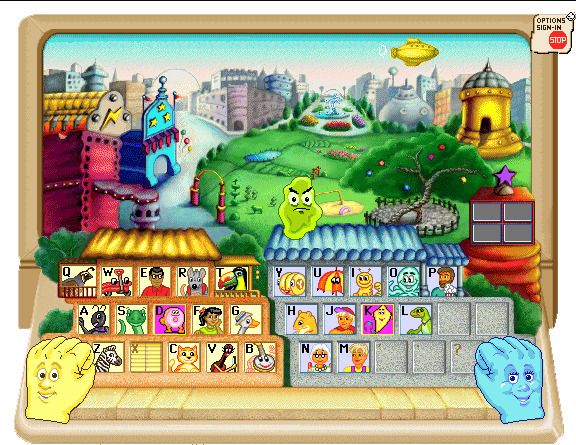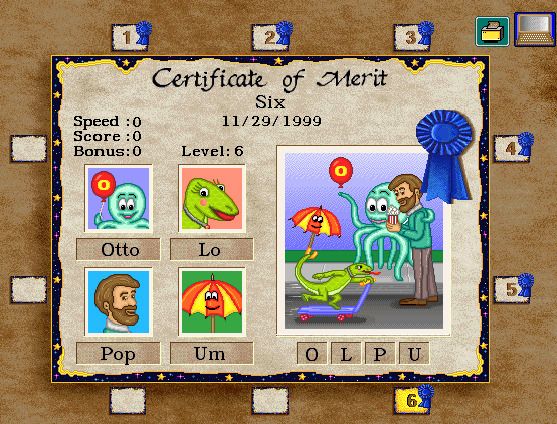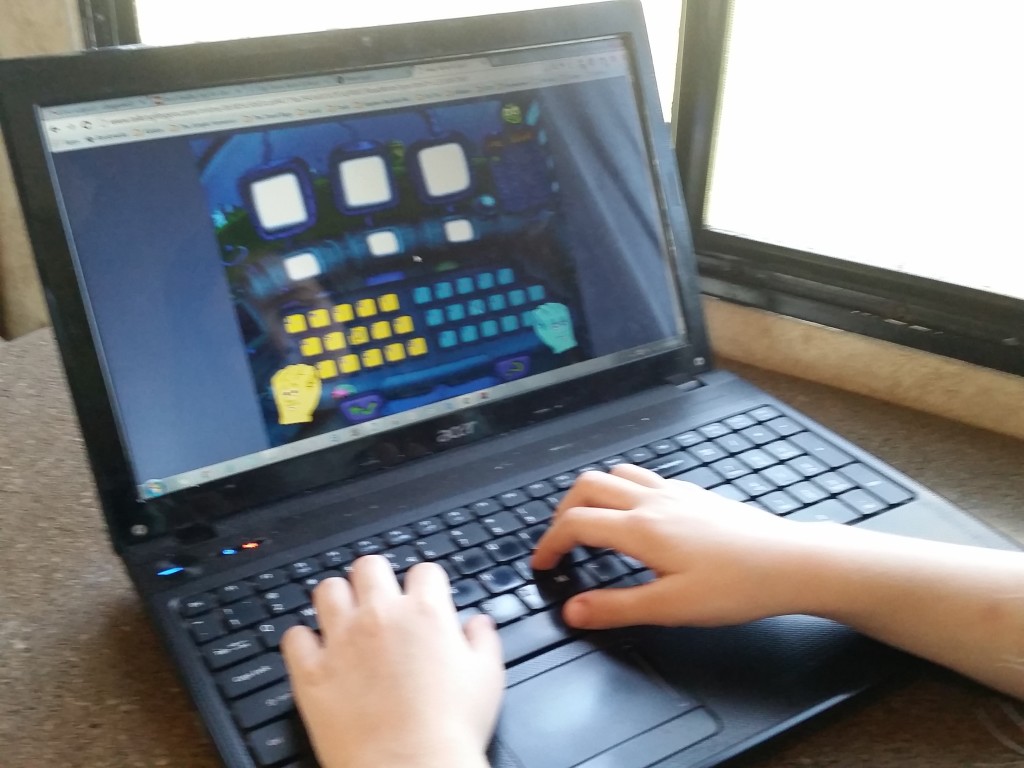Take note, faithful readers: The Critical Thinking Co.™ gave us a free copy of Sentence Diagramming: Beginning in exchange for this review.
Before we get to the nitty-gritty, you must know that I am a big fan of The Critical Thinking Co. My kids have used some of their books from little on and really enjoyed them, although we never used their full programs…or anybody’s for that matter. They offer far more than we have tapped into. Many of the Homeschool Review Crew members are reviewing their other products, namely various aspects of their Reading, Writing, and Arithmetic Before Kindergarten!™ preschool program, also available as a bundle “Reading, Writing, and Arithmetic Before Kindergarten!™ bundle.


I love diagramming sentences. I think there are, like three people in the world who will say that out loud. I’m one of them, and my daughter Marissa is another. I think the third might be Jan Karon. Maybe not. I haven’t asked her.
I was surprised when I learned that my oldest daughter doesn’t like diagramming. What?! I looked into this further, and it appears most people think diagramming is a chore, confusing, and a waste of time. Most of them had to begin it around fourth grade or earlier and then wade through it every year over and over again. I don’t teach like that.
I wait until the children are old enough to understand it and teach it once. Done. That way it isn’t too torturous, and if they like it they can get more in-depth.
By the way, diagramming is not a waste of time. It helps clarify sentence structure and proper word arrangement–in other words, it makes you a better communicator. Have you noticed lately that everyone is a “writer?” The excruciating blog posts and ebooks I’ve tried to read since self-publishing and blogging became the rage are screaming, “I never diagrammed in my life!” So, learn to diagram…then publish.
(You can become a good writer without diagramming, but it does help with communicating in your native language and with studying the grammatical structure of foreign languages.)
Enough.
Let’s look at the book.
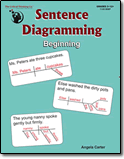
Say wha?!
Okay, the first sentence in the workbook section is “Cats purr.” The last sentence to be diagrammed is “The friendly waitress quickly delivered delicious chips, salsa, and guacamole.” Mmmm…salsa.
That’s how far this book will carry you…and the trip is very painless. The three working on it here are in 5th, 8th, and 10th grade, and they all enjoyed it. There was no pain. The older two finished or are almost finished, and the 5th grader is doing the prescribed lesson a week.
As an English major and a writer, do I feel this program takes full advantage of the benefits of diagramming? Yes and no.
It is, as the title says, a beginning diagramming book. Also available are levels 1 and 2. Being a grammar geek, I would love to check those two levels out as well, to assist young (and old) writers in better determining proper structure. For example, I can’t tell you how often I see something like this:
A box full of cute, wiggly kittens were under the Christmas tree!
GAH!
Or this:
Running to the post office, my letter fell in the mud.
Oh, my aching head!
Or my personal favorite by the under-over-educated:
Talk to Jim or myself.
Excuse me while I gaze at this picture of a baby to calm my harried grammar senses.
I’m okay now…I think.
This beginning book will help you know that the BOX WAS under the tree, and that “full of cute, wiggly kittens” modifies “box.” This seemingly simple step becomes more complex the harder sentences get, but when you can see the logical breakdown of the sentence, as occurs in diagramming, you can easily define the subject and determine whether the verb should be singular or plural.
See? Diagramming matters! And this book will help you with that.
To know that the letter wasn’t running and that they should talk to Jim or me, not myself, you will need the next levels.
As a beginning diagramming book, I find it more than adequate! If you need to dig deeper (and please do), follow it up with the next book.
As much as I would like the English-speaking world to use proper grammar (and when I say proper, I’m not freaking out about little obscurities), what I hate is when parents or teachers (but especially parents) force-feed grammar down their kids’ throats. Use proper grammar to establish correct neuro-pathways in your children’s heads. Correct them on their pet grammar struggle (not when they’re telling you an exciting story or sharing a faith struggle) until it disappears and then move on to the next one. Use a gentle program like this one.
But please don’t force them to diagram sentences for hours every day if they just don’t get it! Wait a year or four. That’s why this beginning book is for grades 3-12+. Some of us were diagramming in the womb, but others struggle with it. Don’t force the issue if your child is not ready. A challenge is fine, a tear-riddled struggle that sucks the joy out of homeschooling…not in this “house.”
(In case you are feeling inferior because you weren’t born diagramming, I still forget my times tables and the only thing of worth I did in Calculus was write a poem about the uselessness of Calculus. Plus my husband doesn’t let me touch his electronics, because he wants them to live. And I burn things in the kitchen. And the extent of my fashion sense is choosing a collar that looks good on my cat. Yes, diagramming is my one skill.)
Summary:
Diagramming is extremely valuable.
Get this book. Use it.
Two thumbs up. Eight, actually.
A note for my fellow roadschoolers:
I know I said I’m Olde School and I am not a fan of online learning because of our constant battle with computer problems and limited internet access. That said, books take up space–boo! Here’s how we solve that. When we finish a book, we eat it. Okay, that’s a lie, but if books were made of chocolate…
This beginning sentence diagramming book is significantly smaller than the big binder my two oldest students used back in their day. It’s thin, so no biggie as far as space is concerned.
While the book says it is reproducible, that means paper and printing, neither of which we’ve managed to handle gracefully in our lifestyle. Therefore, my kids wrote their work in a 25-cent spiral-bound notebook. Easy peasy. All my kids prefer writing in workbooks themselves, and, this being an affordable workbook, that’s a great way to go if your funds and space allow. The workbook doesn’t take up any more room than a spiral notebook, so space-wise, you’re nothing out if you give each child her own workbook instead of a notebook.
Also, because it’s for grades 3-12+, you can have one workbook that can be used for many students. We have three using it at once. One book, three kids…plus three notebooks. My son (10) diagrams in his math notebook, so that technically it’s one book, three kids, two notebooks.
Finally, use it quick, move it out. My girls took this twelve-week course and raced through it in 3-4 weeks, prioritizing it over other things. They learned the skills, finished it, and bumped the book down to take up space on someone else’s bunk.
By the way, Critical Thinking Co. also has an all-in-one language arts program for the early grades which I am highly tempted by. Others reviewed it, so click here to learn more about it.
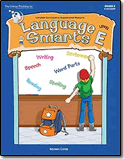
Facebook: https://www.facebook.com/pages/The-Critical-Thinking-Co/46128092293
Google+: https://plus.google.com/114500823774999703181
Pinterest: https://www.pinterest.com/source/criticalthinking.com/





